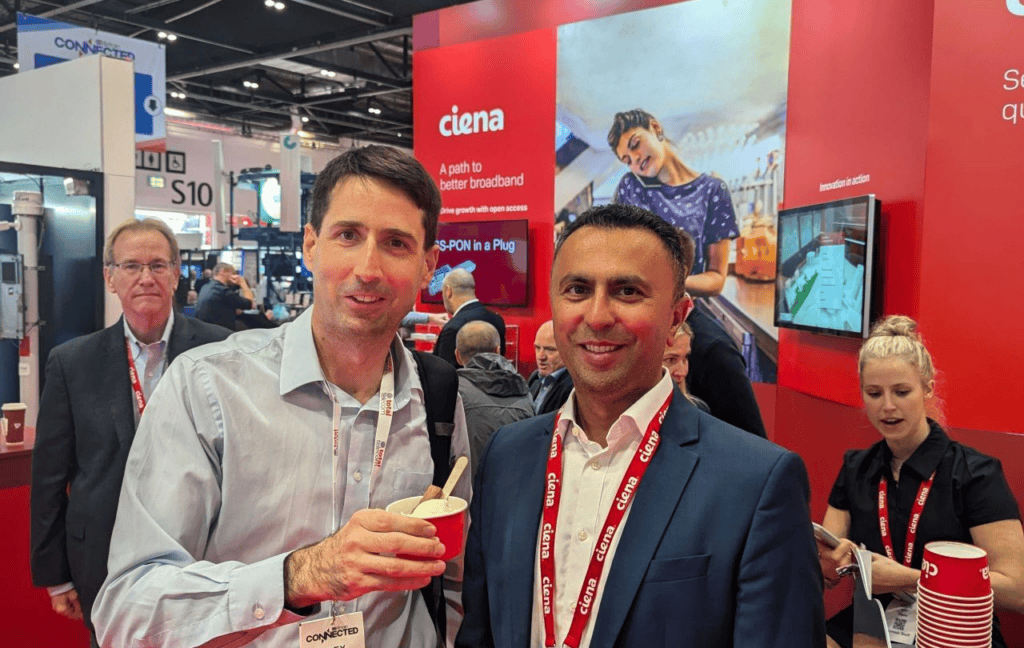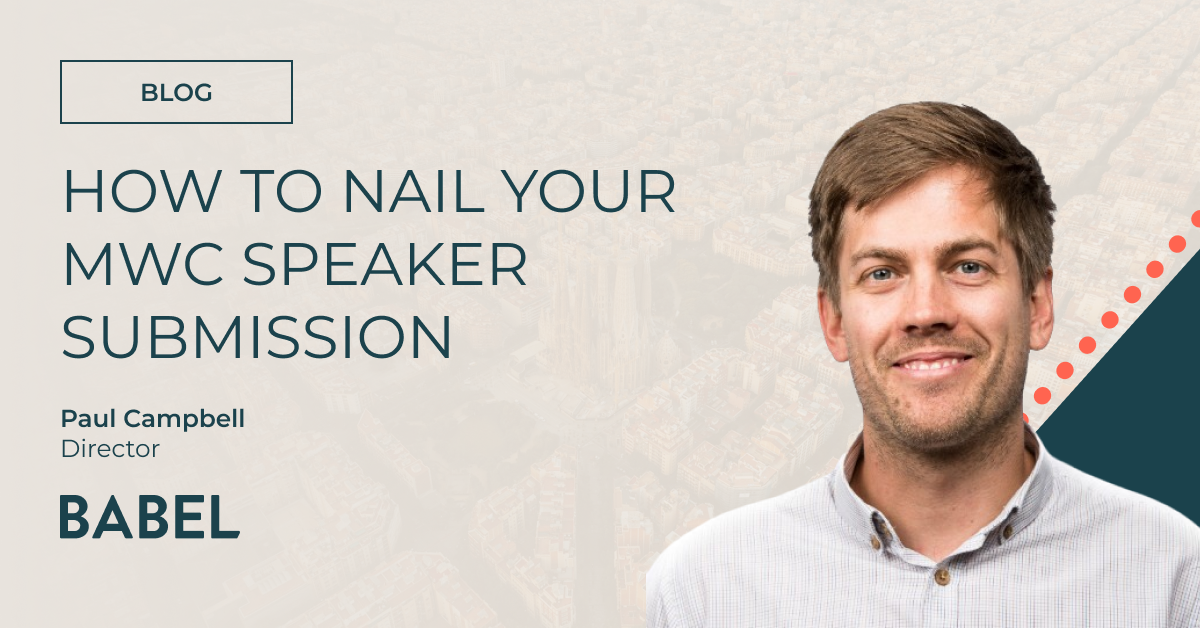Connected Britain 2024: tackling the transition from copper to fibre networks
Telecoms event season is back in full swing after a summer break, and it kicked off with a bang at Connected Britain. This event has cemented its place as a key fixture in the telecoms calendar, bringing together service providers, vendors, government officials, regulators, and more, for some truly insightful discussions.
Like most trade shows, I spent a lot of time hosting briefings between clients, media, and analysts - always a great way to get a pulse on the industry's latest trends. A broad range of topics were discussed, but one that frequently came up was the ongoing transition from copper to full-fibre networks, which involves running data from the core to premises. Though this shift has been in progress for years, it is reshaping the connectivity industry and remains a priority for most companies at Connected Britain.
Opportunities and challenges
For our client TXO, which is dedicated to helping service providers embrace the circular economy, the switch to full-fibre is a significant opportunity. TXO assists with Openreach's PSTN shutdown and exchange closures by decommissioning, recycling, and reselling old equipment. This approach aligns with BT/Openreach's goal of achieving net zero emissions by 2031, while also providing a sustainable way to monetize outdated tech.
Decommissioning legacy infrastructure like power-hungry copper equipment doesn't just benefit the environment, it also provides revenue opportunities through resale in markets that still demand such technology. This model sets a precedent for other providers around the globe as they retire old networks and switch to full-fibre.
For another client at Connected Britain, Ciena, the transition to full-fibre is also similarly important, with the company's solutions and services crucial for optimising this next-generation infrastructure. But as Ciena pointed out at the show during a media briefing at Connected Britain, the UK is still struggling to make the business case for full-fibre, with many people happy with lower-bandwidth, cheaper broadband solutions. Despite over 60% of the UK having access to full fibre, as reported by Ofcom, only 25-30% use it. AI is expected to be a driver of full fibre adoption as these services, with high-bandwidth connectivity, become more prevalent.

Openreach's monopoly continues to frustrate
For infrastructure providers, like our client Neos Networks, the UK's largest B2B network, Openreach's copper closure poses challenges. Neos Networks is one of many companies that use Openreach's exchanges to host equipment like routers where it sells ethernet services, as the company explained to Light Reading at Connected Britain, in an article published this week.
As Tereza's article points out. "Neos is not alone in this. The Independent Network Cooperative Association (INCA), which represents altnets, noted in 2022 that its members' fiber networks had often been built using Openreach products including physical infrastructure access (PIA), Ethernet access direct (EAD), optical spectrum access (OSA) and interexchange dark fiber (DFX), as well as space and power at exchange sites."
As fibre deployment marches on, the UK telecoms industry is balancing the excitement of new opportunities with the challenges that come with this shift, with the terms largely dictated by Openreach. For service providers, vendors, and policymakers alike, Connected Britain made it clear that the road ahead is both complex and full of promise.

A clear message
Clear messaging is critical for companies navigating the changes happening across the connectivity industry. For infrastructure and service providers, communicating the benefits of full-fibre networks, such as increased speeds, improved reliability, and long-term cost savings, is key to driving adoption among businesses and consumers alike. For vendors, conveying their unique value in this shift -whether through sustainability efforts or technological innovations - can help differentiate them in a crowded market.
Engaging with media, analysts, and other stakeholders at events like Connected Britain is essential for shaping perceptions and staying at the forefront of industry developments. Babel helps our clients develop clear, concise messaging that resonates with both technical and non-technical audiences and ensures that companies remain top of mind as the fibre rollout continues to transform the UK's digital landscape.



.jpg)



